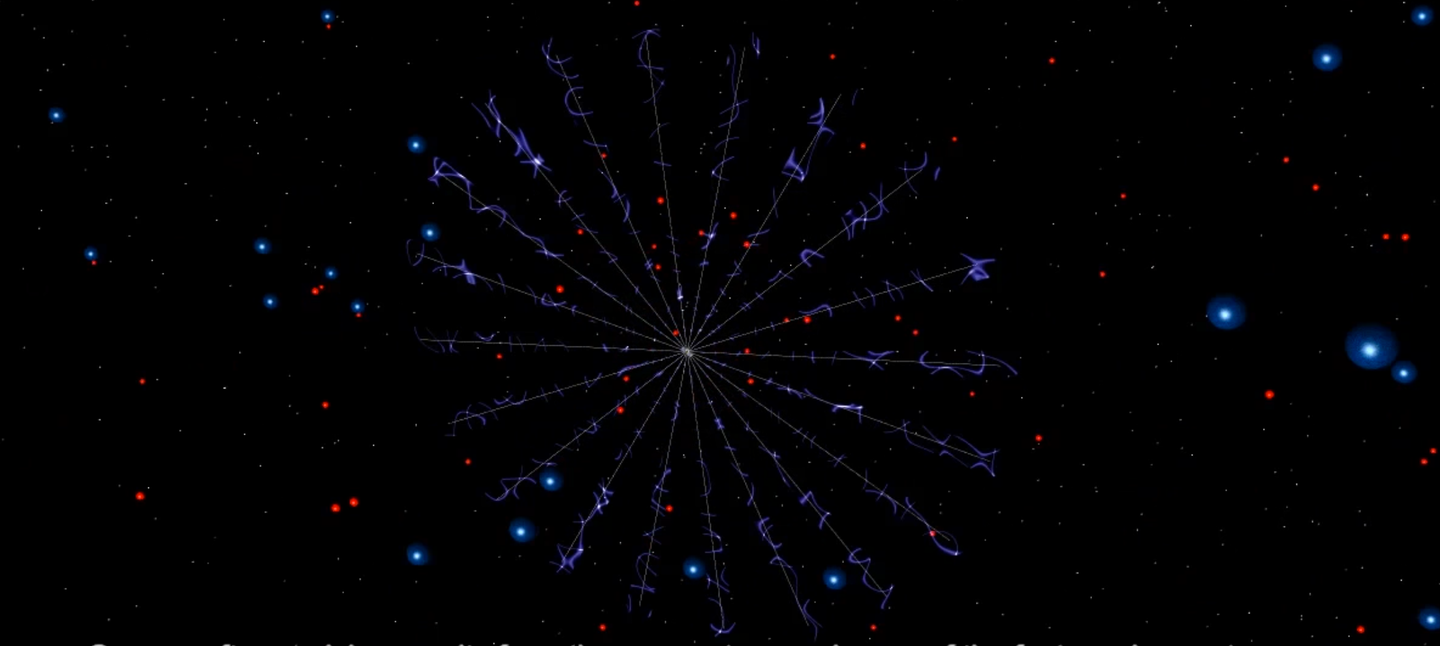NASA Could Soon Launch A Giant Solar Sail Beyond Our Solar System
Raise the e-sail

We’ve all seen Bill Nye’s Lightsail expedition, but now our friends at NASA are stepping in to take things a bit further.
In this year’s round of NASA Innovative Advanced Concepts (NIAC) funding, NASA has funded it’s own Bruce Wiegmann and his team of solar propulsion experts to create the natural evolution of the solar sail, the e-sail. They call it HERTS, or the Heliopause Electrostatic Rapid Transit System, and you can watch a video outlining how it would work here.

A solar sail like Nye’s Lightsail-1 operates based on photonic pressure from the sun. It’s a large Mylar sail that catches solar wind and glides in orbit. But that pressure generated by solar wind drops off at around five astronomical units (AU), or five times the distance from the Earth to the Sun, says Wiegmann.
His team’s design, HERTS, features a dozen or more positively-charged, 12-mile (20 km) wires extending from a 1100 lb. (500 kg) central spacecraft. The wires extend to create a circular sail, whose positive charge is repulsed by the sun’s constant barrage of protons. Electrons inevitably picked up along the way are expunged from the craft by an onboard electron gun, and the entire craft will rotate once per hour. It’s able to maneuver the direction of its thrust up to 30 degrees, making it lithe and (relatively) easy to handle deep into space.
The best part about this design is its speed, says Wiegmann. HERTS would be able to make it to the outer reaches of our solar system (the heliopause) in 10 to 12 years. That is, if the physics of space plasma is what scientists believe it to be. “Slow” solar wind travels at around 671,000 mph (300 km/s), while fast solar wind picks up to 1,565,855 mph (700km/s).
“If there’s somebody that’s looking at the interstellar space across the heliopause and the heliosheath, we can actually get results back before they’re in their grave,” said Wiegmann. He says that with any other technology we have now, the same results would take twice as long.
Wiegmann and his team envision this technology as the future of unmanned exploration. They see a potential 50-100 missions per year being carried out by electronic sails, from asteroid inspections to analysis of yet-unreachable planets like Neptune or Uranus, if the HERTS program is adopted. One HERTS could carry out an estimated 5-8 missions per year, and Wiegmann says that this technology would give NASA a lot of bang for its buck.
NIAC Phase II funding, which is up to $500,000, allows Wiegmann’s program to progress for at least two more years. They plan to spend that time testing the theories their design is predicated upon (like the behavior of solar wind). If all goes according to plan, we could see a 2019 or 2020 launch date, and have meaningful information from the e-sail from 2025-2035.
Correction: this article was updated after publication to indicate that the speed of solar wind was faster than originally represented.